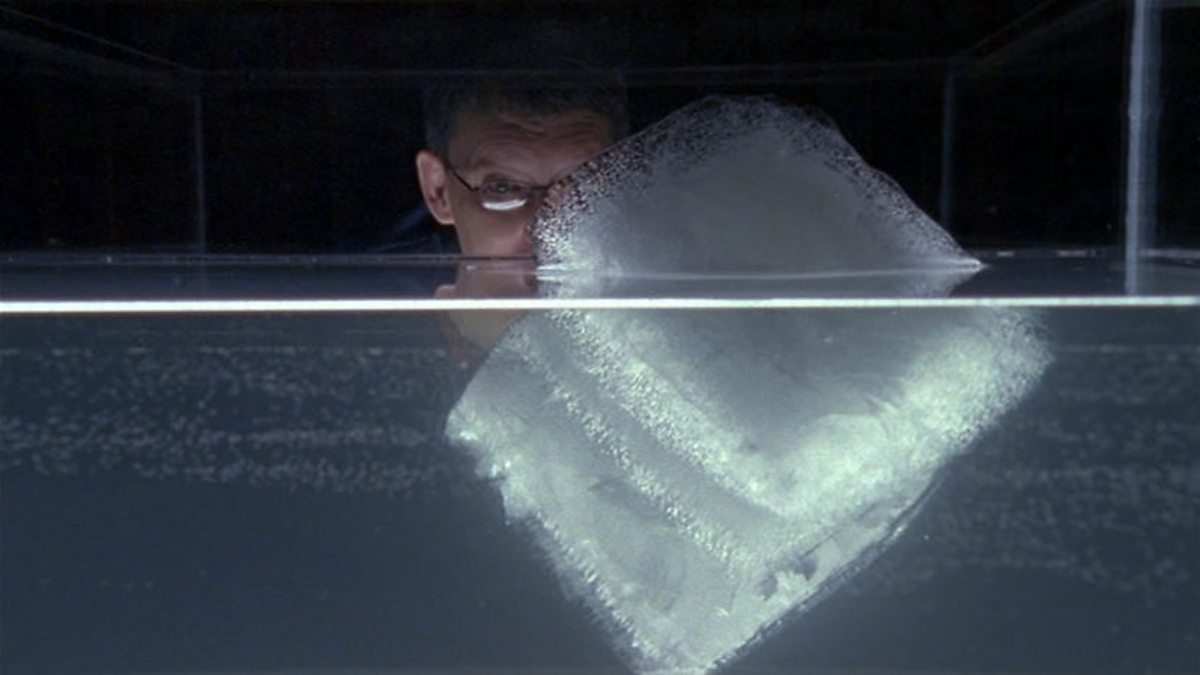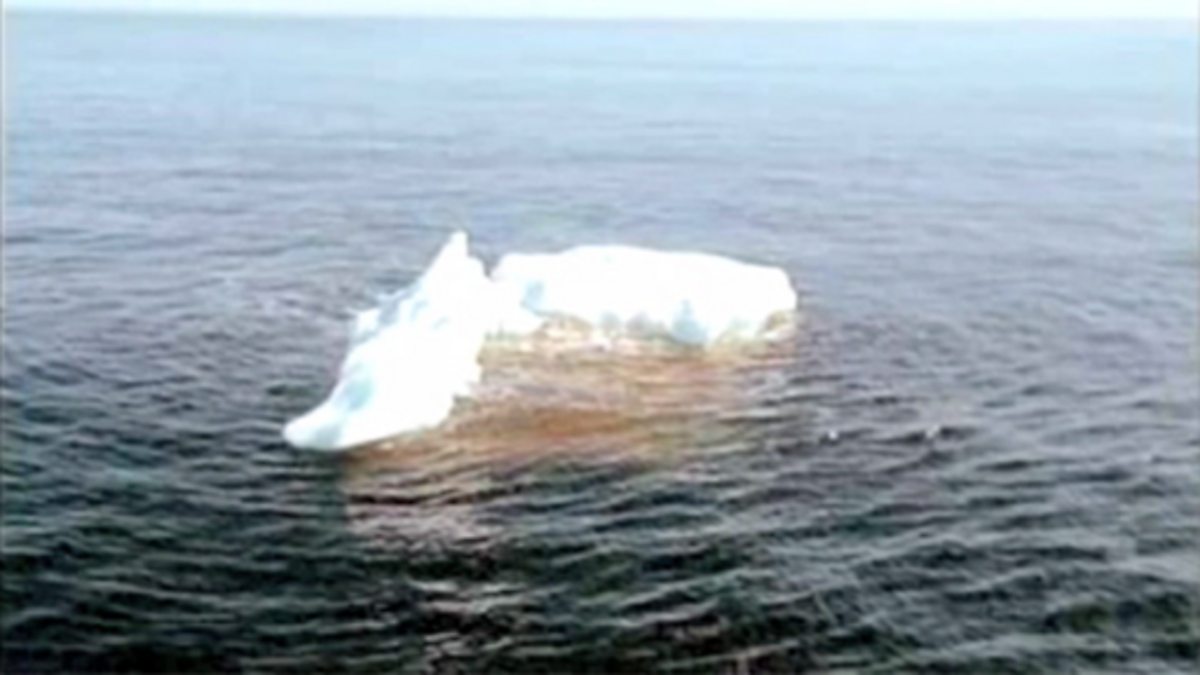


As water rushed into the starboard side of the ship’s bow, the ship began to tilt down in front and slightly to the right. The massive side impact caused enough damage to allow water to flood into six of the sixteen major watertight compartments. Without enough distance to alter her course, the Titanic sideswiped the iceberg, damaging nearly 100 meters of the right side of the hull above and below the waterline. Though the engines were immediately thrown into reverse and the rudder turned hard left, slowing and turning took an incredible distance because of the tremendous weight (or mass) of the ship.
#Iceberg that sank titanic full
Imagine trying to suddenly avoid a head-on collision in a car that sounds hard, right? The Titanic was about 20,000 times heavier and had the full momentum of all that weight driving it forward. Unfortunately, by the time the lookouts spotted the massive iceberg, it was only less than a quarter of a mile off the bow (or front) of the ship, making the crash into the iceberg unavoidable.

On the night of April 14th, although the wireless operators had received several ice warnings from others ships in the area, the Titanic continued to rush through the darkness at nearly full steam. The ship’s turn-of-the-century design and technology included sixteen major watertight compartments in her lower section that could easily be sealed off in the event of a punctured hull, and hence deemed her unsinkable. It was 230m long, 25 stories high and weighed 46,000,000 kg. So why did the Titanic sink? Was it the material failure or bigger design flaws that went unnoticed? Let us analyze why the Titanic sank from an engineer’s perspective.įirst, on that note, National Geographic made an interesting CGI on how the Titanic sank:Īt the time of her construction, the Titanic was the largest ship ever built. The ship’s builders even made claims that it should stay afloat for a minimum of 2-3 days if tragedy struck. Despite the builders’ claims that-even under the worst possible conditions at sea-she was unsinkable, it took less than three hours for the Titanic to sink. Of the 2200 passengers and crew that were aboard, only 705 survived. Titanic was on her maiden voyage from Southampton, England to New York, United States when it collided with a massive iceberg. On the 14th of April in the year 1912, the R.M.S.


 0 kommentar(er)
0 kommentar(er)
